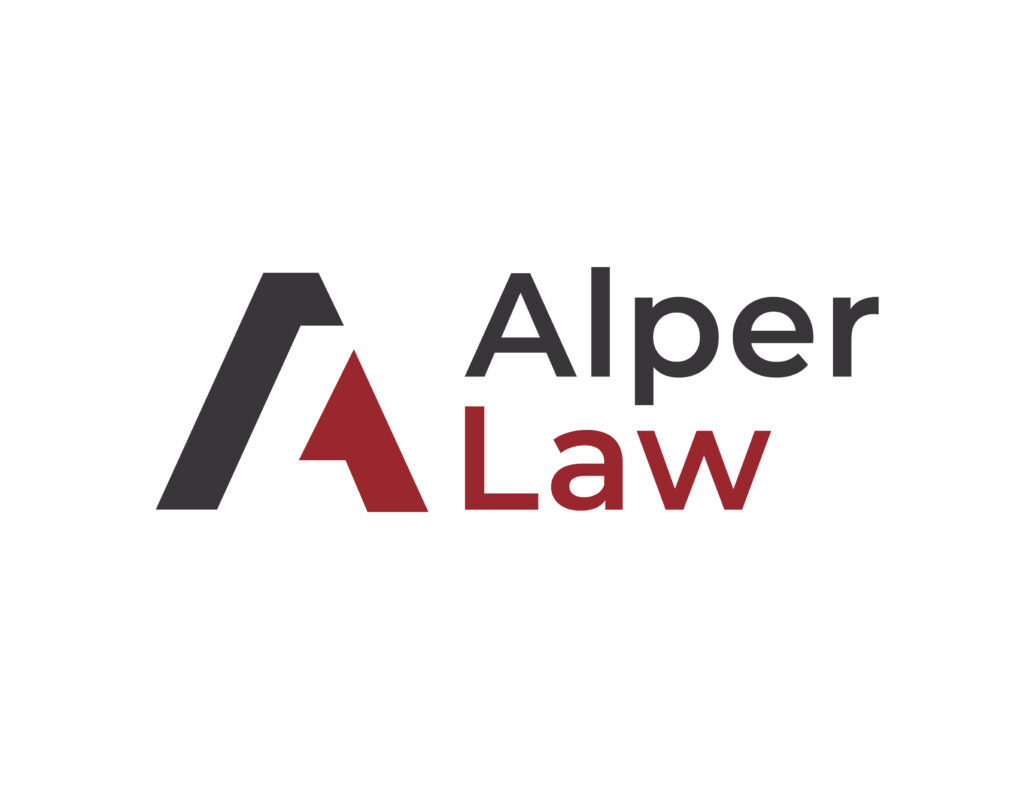When you’re looking for an asset tracking solution to help you improve your operations, not just any asset tracking solution will do. It’s only natural to want the best possible solution for your business and ensure that you’re getting the most return on your investment. This will have you seeing positive results sooner, and prevent you from needing to begin your search all over again a few years down the road.
Increase Your ROI by Investing in AirFinder Everywhere
- Loss Prevention. Reduce the amount of loss that occurs during the supply chain process
- Location Coverage. AirFinder Everywhere uses a combination of GPS, Cellular, and WiFi to determine location everywhere
- Security Alerts. Know when a delay in shipment has occurred so the problem
can be addressed immediately.
As important as finding the best asset tracking solution for your company is, finding that solution isn’t always easy. There’s a lot of systems available on the market, and what works best for one company may not work best for another. There’s no way around it: you need to conduct your search on your own. It might sound like a lot of pressure, but by taking certain measures before you begin your search and keeping key considerations in mind while searching, you’ll have a far easier time finding the asset tracking solution that’s right for you. Let’s take a look at these considerations.
What to Do Before You Begin Your Search
A common mistake that companies make when searching for an asset tracking solution is that they begin their search without proper preparation. You might think that looking for your ideal asset tracking solution is the first step to finding your ideal asset tracking solution, but in reality, your search will go a lot smoother and produce far better results if you first take the time to lay the groundwork and set the stage for successfully searching for a solution. It will not only make it easier for you to make decisions, but it will also streamline the implementation process later on. By following a few critical steps before you begin your search for a commercial asset tracking solution, you can set yourself up for success and ensure that you choose a solution that meets your needs and aligns with your goals. These steps don include:
Identifying Your Goals
The first step in finding the right asset tracking solution is to clearly define your goals. If you know what your goals are before beginning the search rather than trying to figure them out as you go, you will be better equipped to sort through all of the options available to you on the market. You’ll be able to rule out specialized solutions that don’t account for those needs while also ensuring that all your needs are being reasonably met. To properly identify your goals, you’ll want to get a little more specific than just “asset visibility.” Instead, determine what changes in your business you want to achieve with the implementation of the solution. Whether it’s improving inventory management, enhancing security, or increasing operational efficiency, having clearly defined goals that emphasize business values and tangible outcomes will guide your search and help you select the most suitable solution.
Establishing a Budget
Establishing a budget before you begin your search is essential to ensure that you can afford the asset tracking solution that meets your needs. It’s very easy to push the budget question aside for later, especially if you don’t fully understand asset tracking pricing or if you’re not the person who has the final say. However, even just a tentative idea of what you would like to be able to spend or what you can’t afford to spend can help you eliminate potential solutions that are way above your budget. When creating this budget, it’s important to consider not only the upfront costs of the solution but also any ongoing expenses, such as maintenance and support. Having a budget in place and knowing how much you can continue putting into your system will help you narrow down your options and focus on solutions that are within your financial reach.
Assessing Your Integration Needs
Before choosing an asset tracking solution, you’ll also need to assess your integration needs. Chances are, even if you’re looking for an asset tracking system, you already have some sort of software already incorporated into your operations for other purposes. Common examples might include telematics, inventory management, and supply chain management systems, although these will vary depending on your industry and business model. You’ll need to determine whether you want your IT asset tracking software to integrate with these existing systems. Admittedly, the answer might vary depending on who’s going to be using the system and how they’re going to be using it. But it’s important to take the time to figure out whether integration capabilities are a priority so it can be reflected in your search. This will help you choose a solution that can seamlessly integrate with your existing systems, ensuring smooth data flow and minimal disruption to your operations.
Involving Critical Stakeholders
It is important to involve key stakeholders in the decision-making process when selecting an asset tracking solution. This includes individuals from various departments, such as IT, operations, and finance, who will be affected by the implementation of the solution. Their input and feedback will help ensure that the chosen solution meets the needs of all stakeholders and is aligned with the overall objectives of the organization. Also, you want to make sure that everyone who is going to be affected by the implementation of your solution is onboard and apprised of what you’re doing; they might have more ideas about your company’s goals and needs, and finances are likely going to want to review your projected budget. It’s important to figure all these details out now, because you don’t want to find your ideal solution only to discover that it doesn’t actually meet needs or requirements that you might not have thought of on your own.
Establishing a Timeline
The key to getting anything done is to establish a timeline to keep yourself accountable. This is why you want to establish an ideal timeline for the search and implementation of your company’s asset tracking solution. Determining key milestones and setting deadlines will give you more incentive to make tough decisions and reach out to the people you need to reach out to. It will also encourage you to keep the conversation going once you determine which asset tracking system you want to go with. Even if the timeline ends up being disrupted due to technicalities surrounding the implementation process – after all, the provider will likely know more about what’s realistic than you will when you make your timeline – its main importance is in getting you to that point and communicating your seriousness to the provider so that they can work with you to fulfill your needs as quickly as possible.
Key Considerations in Choosing an Asset Tracking Solution
Once you’ve gathered all the necessary information you need to begin your asset tracking journey, the next step is to begin reviewing potential solutions. This means comparing the offerings of a solution provider against the needs of your company, all while keeping in mind several other key considerations that will help you ensure that you choose the most suitable option. These essential factors include:
Scalability
Scalability refers to the ability of the asset tracking solution to grow and adapt to the changing needs of your business over time. It’s essential to choose a solution that can scale with your business, accommodating an increasing number of assets and users without compromising performance or functionality. Beyond the aspect of quantity, you also need to account for how the changing goals and priorities that come with company expansion can lead to a need for your solution to address new problems that you aren’t currently having. Look for a solution that offers flexible licensing options and can easily accommodate additional features and modules as your business expands, allowing you to adapt to both growing size and changing needs with a variety of supported use cases.
Compatibility with Existing Systems
If you’ve previously decided that you want to integrate your asset tracking technology with your existing systems, you need to ensure that the system you invest in is actually compatible with those systems. You also need to ensure that the integration offered by the system is both simple and reliable, allowing you to set it up easily and then simply stop worrying about it. This is important because there are plenty of asset tracking solutions available that offer nominal integration capabilities while only actually integrating the data partially or requiring you to jump through hoops to get the integration up and running. There will always be steps to take to ensure an effective integration, certainly, but the path should be relatively clear and definitive once you figure out what you want to do.
Cost-effectiveness
Cost-effectiveness is an essential consideration when choosing an asset tracking solution, as it directly impacts your return on investment (ROI). While it’s tempting to opt for the cheapest option upfront, it’s essential to consider the total cost of ownership over the long term. Evaluate not only the initial purchase price but also factors such as ongoing maintenance, support, and training costs. You also want to consider the ongoing value provided by the solution. If an asset tracking solution is cheaper but provides less ongoing value, then it’s probably better to look at a slightly more expensive solution that provides more ongoing value to pay for itself in a matter of months. The right solution should not just pay for itself, but help you save and make more money in the long run. Ultimately, you need to choose a solution that both offers the best value for your investment and aligns with your previously established budget constraints.
Ease of Implementation and Use
The ease of implementation and use is another critical factor to consider when selecting an asset tracking solution. It’s important to choose a solution that is intuitive and user-friendly, requiring minimal training for your team to start using it effectively. This helps you gain more value from the system sooner, and it also helps decrease any pushback you might receive from stakeholders and other affected parties. To ensure this ease, look for features such as a clean and intuitive interface, customizable workflows, and comprehensive user documentation. Additionally, consider the level of support and training offered by the vendor to ensure a smooth implementation process. If a provider is not willing to support you through the implementation process and beyond, it automatically makes effective use of your solution more difficult. You’ll get more out of a system that has a strong, supportive team behind it.
Ability to Achieve Your Implementation Goals
Despite all these considerations, at the end of the day, the most important consideration when choosing an asset tracking solution is its ability to help you achieve your implementation goals. These are the specific goals and objectives for implementing the solution that you should have defined before beginning your search, such as improving inventory accuracy, reducing asset loss, or increasing operational efficiency. Choose a solution that aligns with your goals and offers all of the features and functionalities necessary to achieve them effectively. Once you’ve done so, then you can conduct thorough research, evaluate multiple options, and consider other factors such as scalability, compatibility, cost-effectiveness, and ease of use to make an informed decision that will benefit your business in the long term.
Build Your Best Asset Tracking Solution with Link Labs
At Link Labs, our priority is to ensure that we’re delivering customized asset tracking solutions that account for the unique needs of our customers and their daily operations. We work with you to identify your needs and how we can best address them within your budget, completely backed by our patented technology and supportive team. And we’ll change with you as you grow, too, with plenty of room for both vertical and horizontal scalability depending on how your company evolves. To get started on your custom asset tracking solution, book a demo with our dedicated team of experts today!

Publisher: Source link











